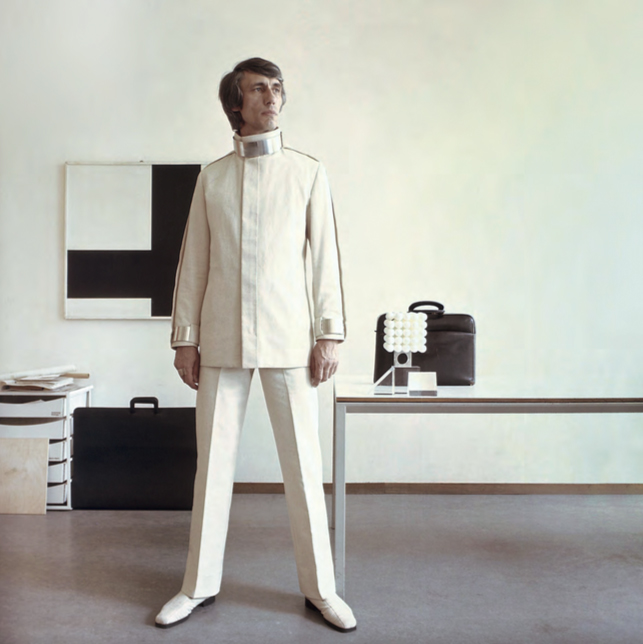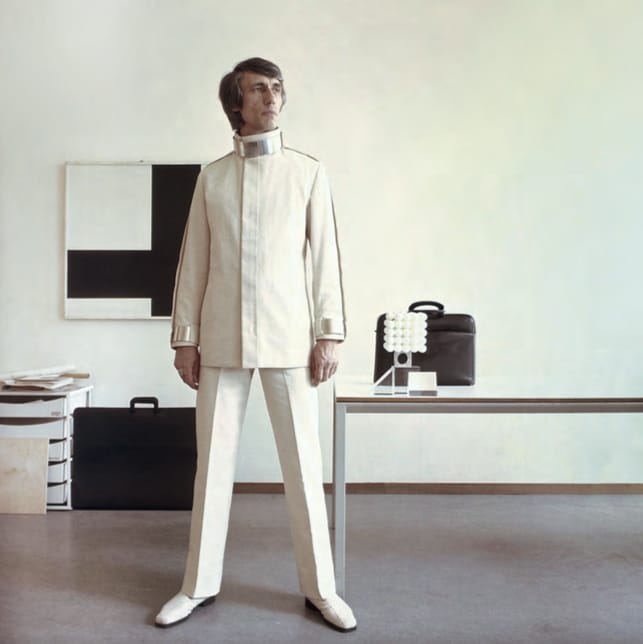As a stunning new monograph on Wim Crouwel is launched, we talk to its author design historian Frederike Huygen about the challenges of producing what is surely set to become the definitive book on Mr Gridnik.
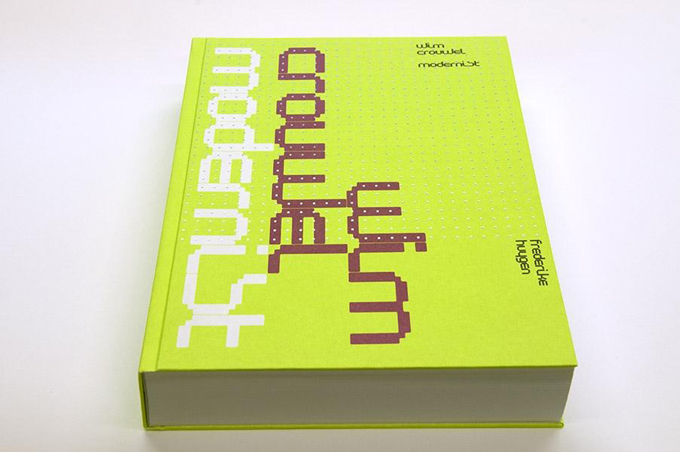
While there have been a number of books about Wim Crouwel in recent years, the latest comes with an excellent pedigree. Researched and written by Frederike Huygen (co-author of Mode en Module), designed by Lex Reitsma and printed by Lecturis, Wim Crouwel Modernist doesn't disappoint. As the book is launched in Amsterdam, we caught up with Frederike Huygen to find out more...
Can you tell us a bit about your background and how you become involved in the project?
I was trained as an art historian, but I specialised in design. I was working as the curator of design in the Boijmans Van Beuningen Museum Rotterdam in the 1980s and the 1990s, but I have always loved to write and do research. I already initiated a Crouwel monograph in the 1990s in Dutch called Wim Crouwel Mode and Module. For this book Hugues Boekraad was co-author and it appeared in 1997. Since then we have always regretted that there was no English version, and the matter came up again some years ago. By that time it became clear that the Mode and Module book needed at least an update and many more new texts. Therefore I decided this had to become a completely different and new book.
How closely was Mr Crouwel involved? Did he have a lot of say in the content and the design?
As I write in my preface, the quality of this book is also determined by the fact that Crouwel refrained from any attempt to influence the content or the design. It is not a hagiography and Crouwel himself explicitly stated that he expected a critical book. For this laudable attitude I am most grateful to him.
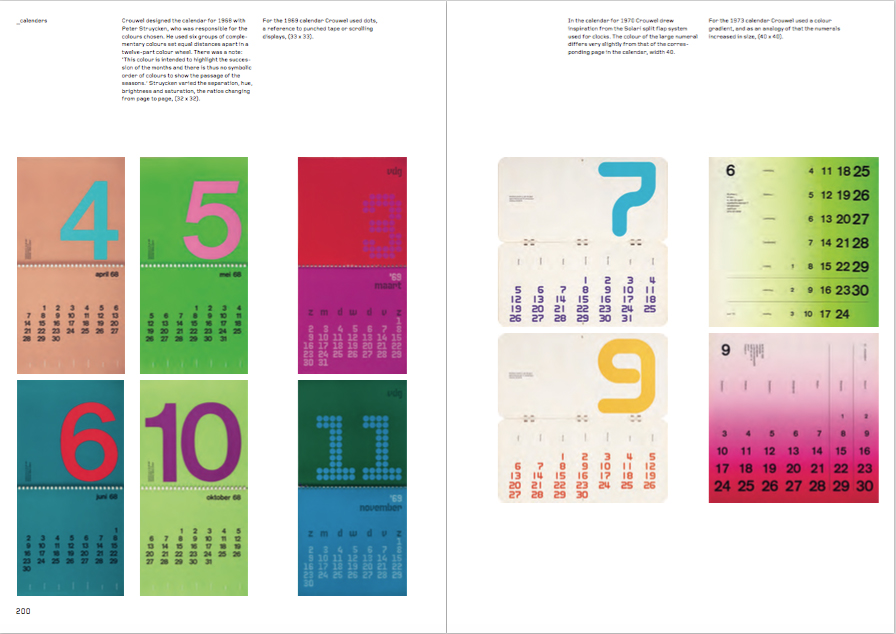
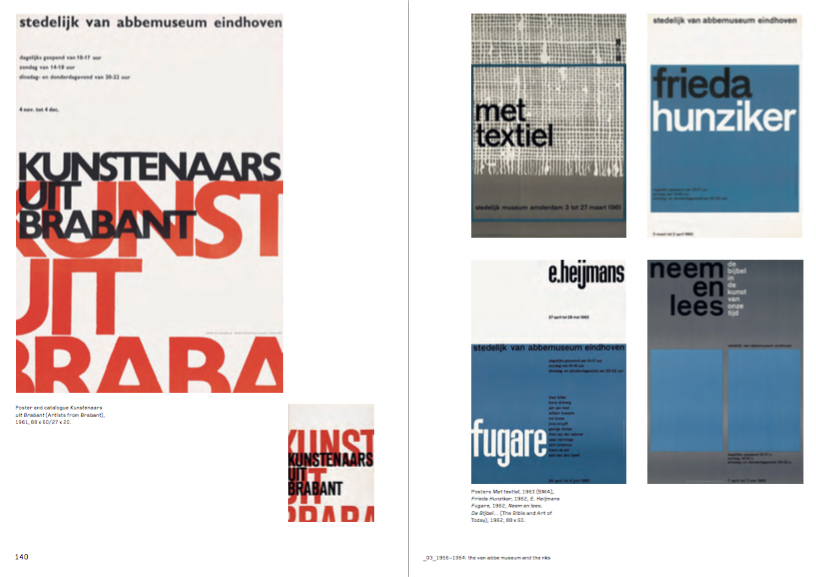
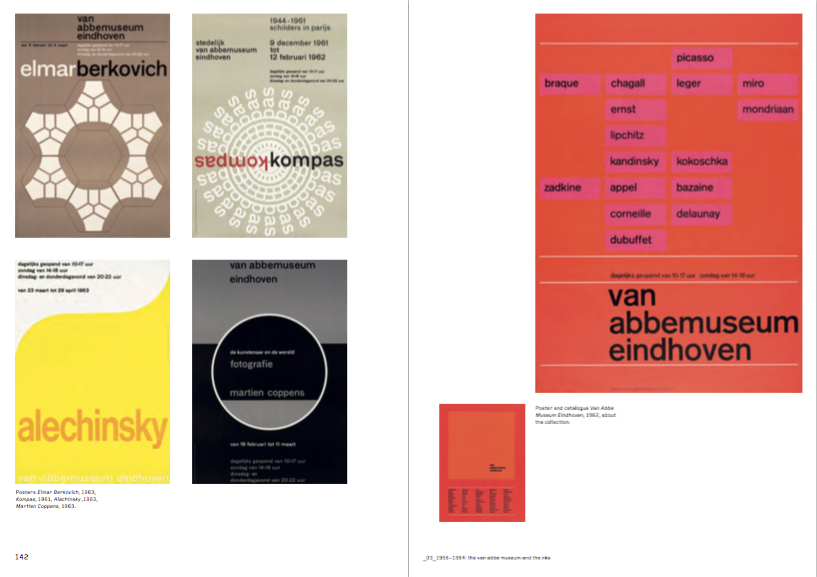
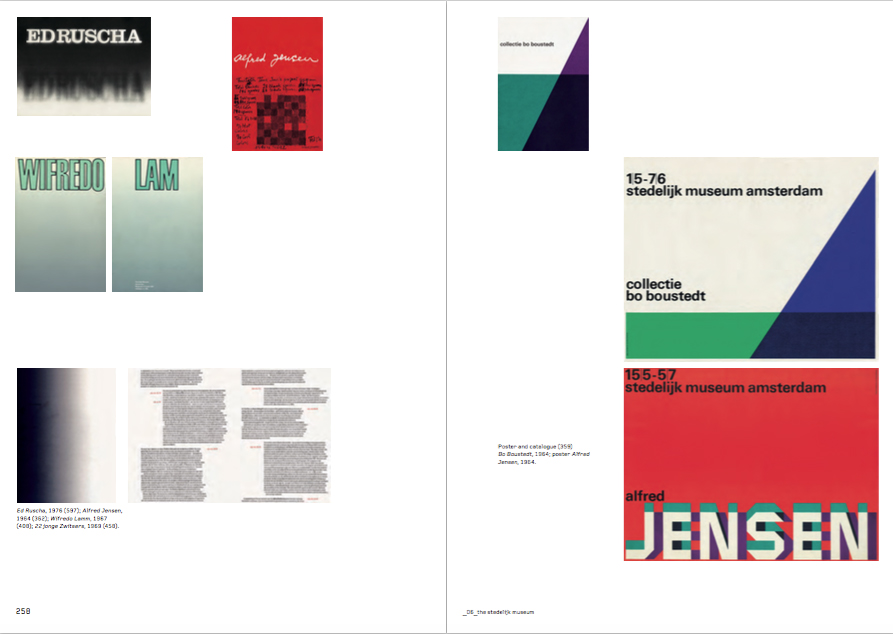
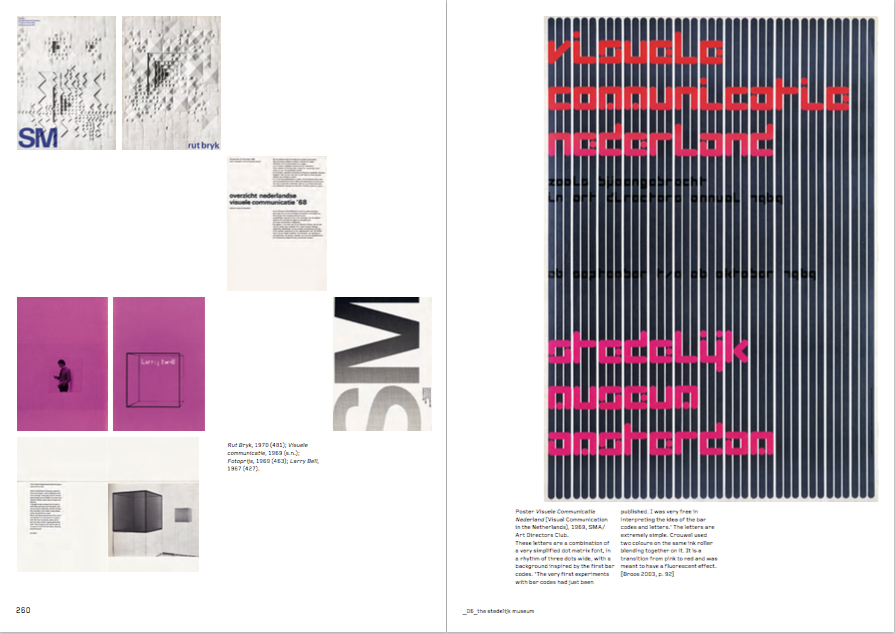
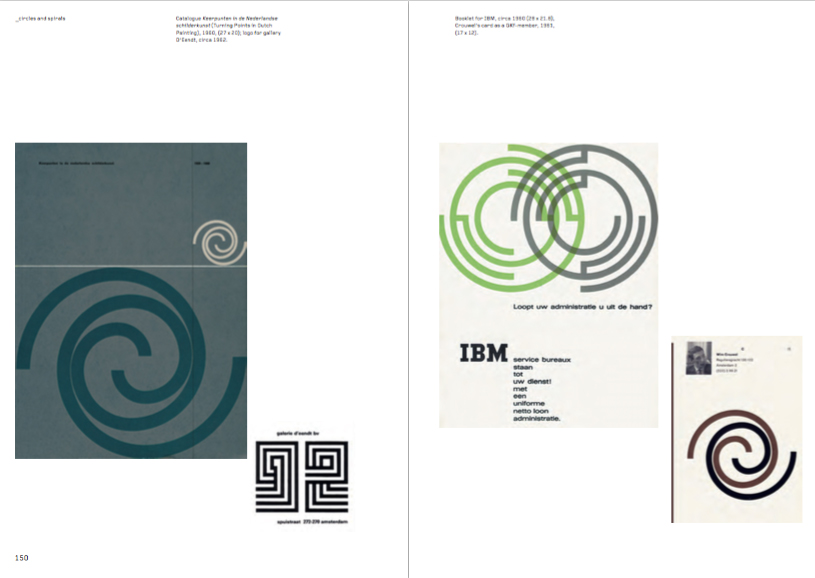
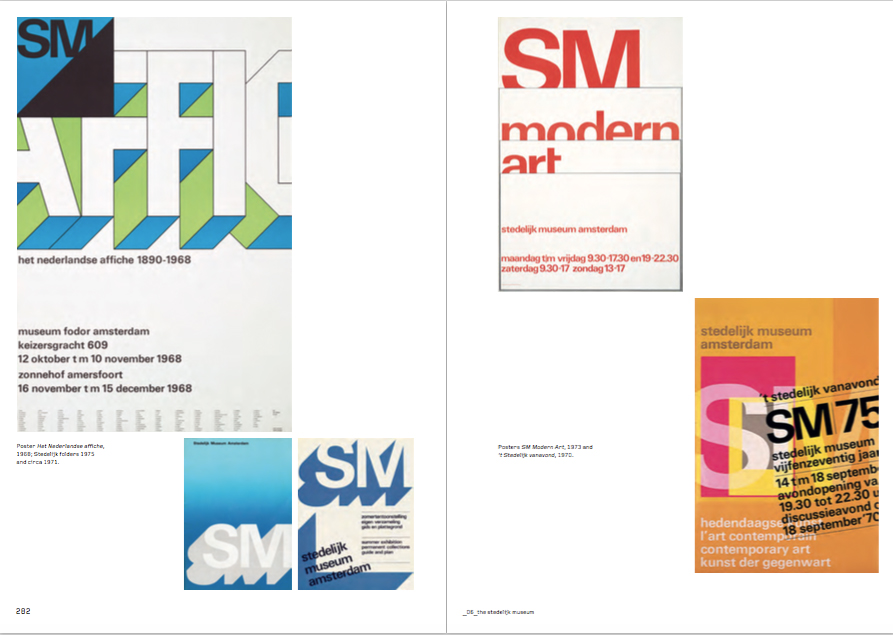
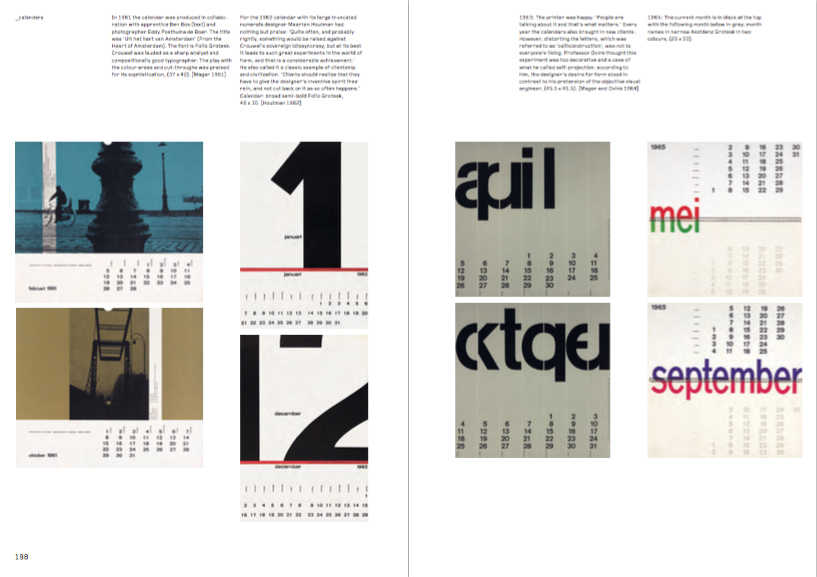
There have been a few publications on Crouwel over the years. Would you describe this as the definitive one? If so, what makes this one different?
Whether or not this is THE definitive Crouwel monograph is for others to say, but yes, I would like to think that this is the most complete book on Crouwel to date. It deals with all aspects of his career, it shows most of his work and it provides more background to it.
What are the main challenges involved with writing a book like this one?
The challenges are many. First of all the organization of the pictures, since only a small number of works had been digitized properly. Then there is the problem of getting the money together, and the enormous task of getting the translation right. In the writing there is always the issue of how to organize the material in a fairly logical way. And of course you try to do as much research as possible.
What can we expect from the book? Are there any surprises?
For this: see the description of the contents in the preface (page 9). The difficulty in answering this question is that I do not know how much non-Dutch readers actually know about Crouwel, apart from some interviews in magazines and online, and the smaller publications that have appeared. I do think there is attention for some lesser known aspects such as: Crouwel’s exhibition design, the account of the genesis and development of the famous New Alphabet, the sources of his work and his thinking, the problems of running a design studio like Total Design, the Crouwel revival and how to look at modernism.
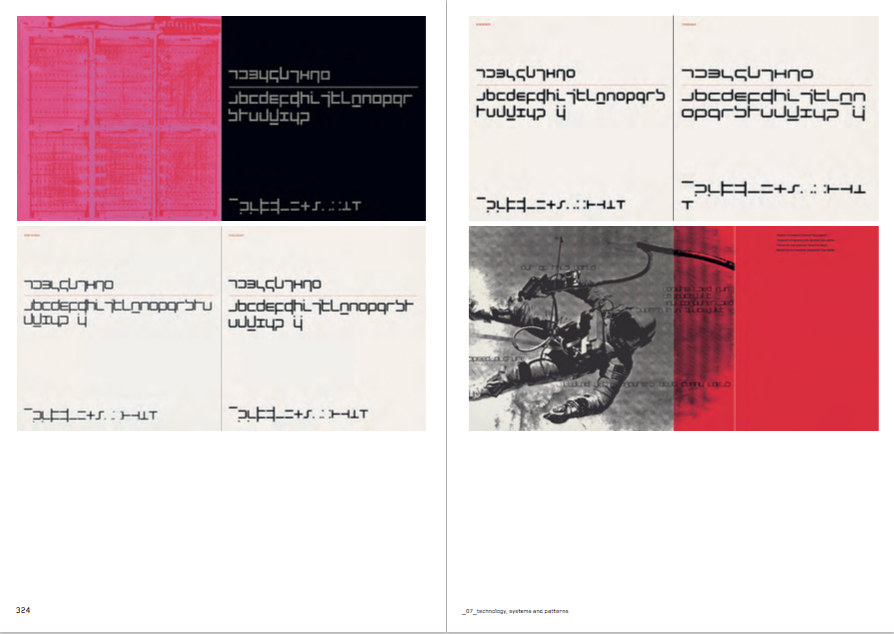
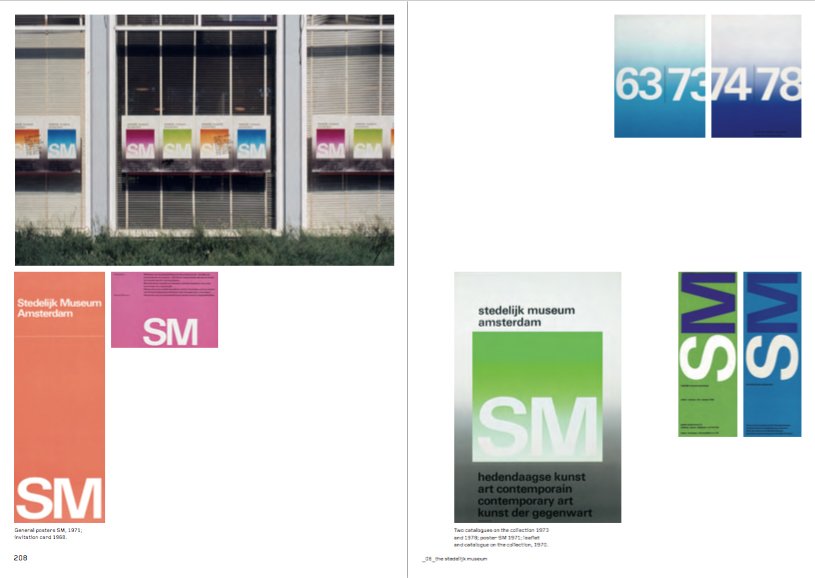
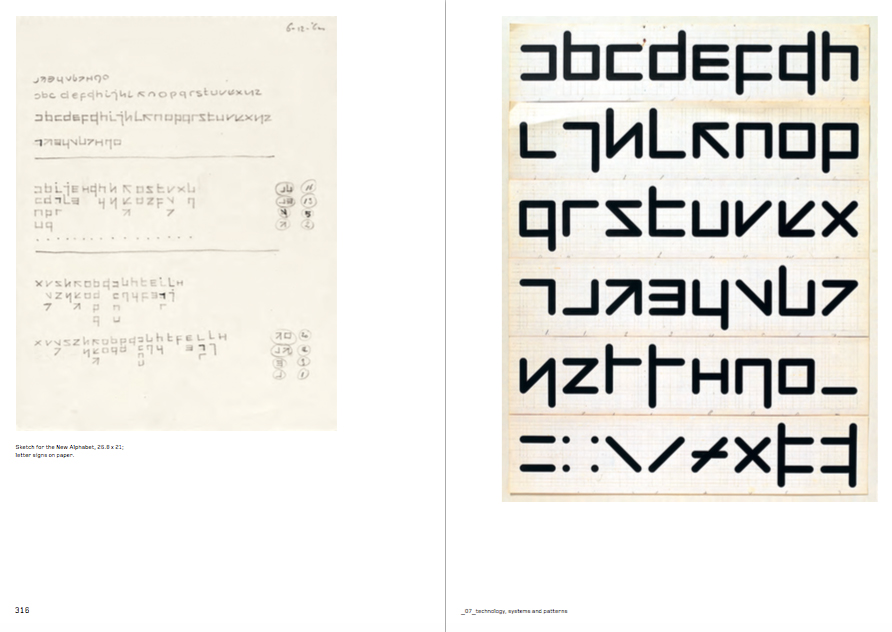
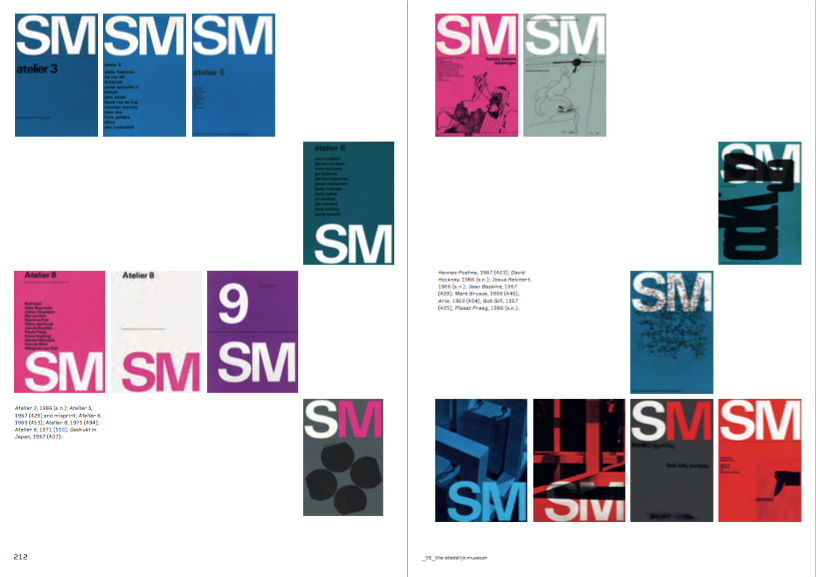
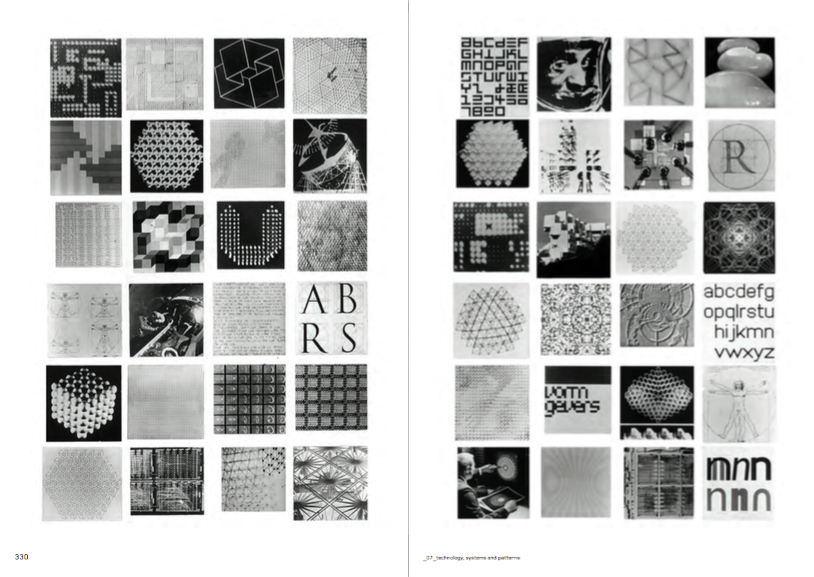
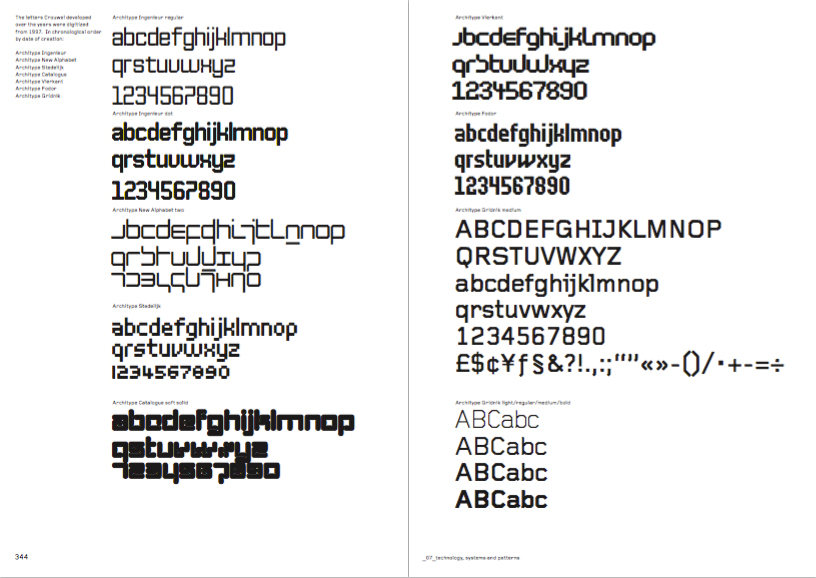
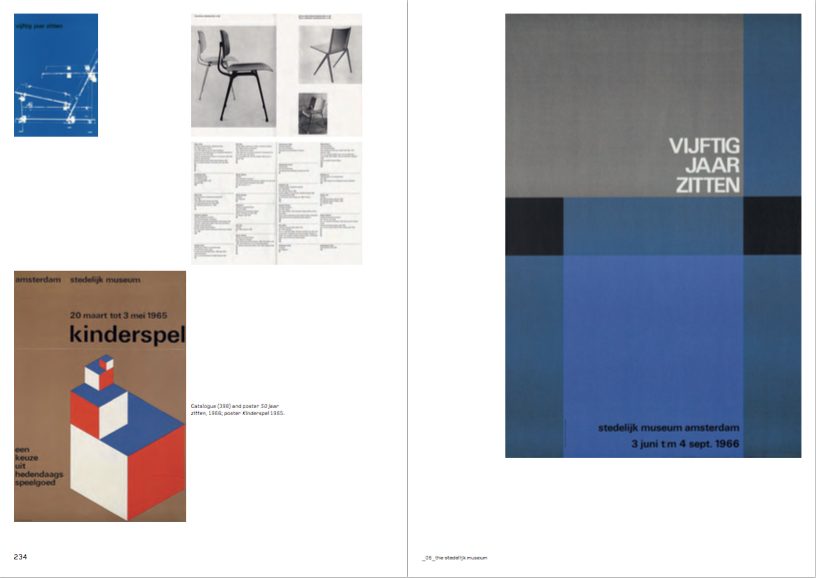
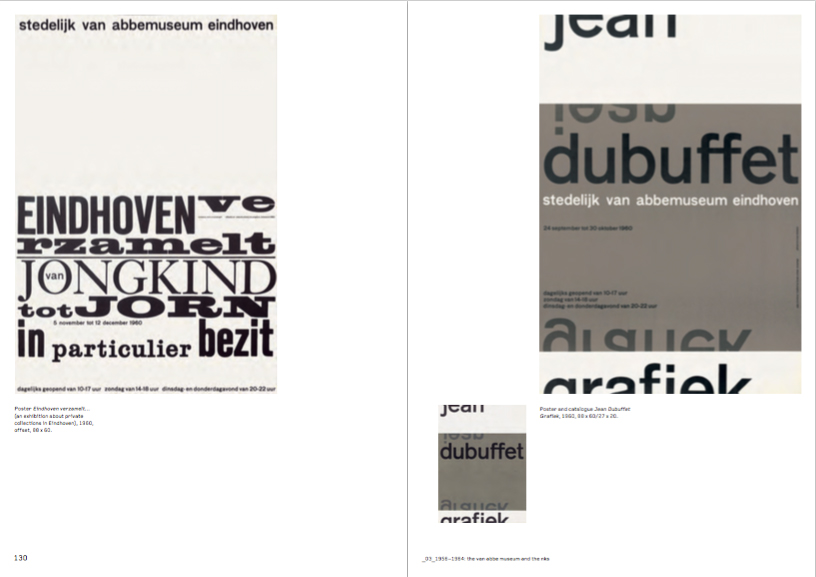
One of the chapters is called '1973-85 – Crouwel Crticized'. Can you tell us a bit about that period and why he came under fire?
In 1972 the orderly TD style based on a grid and sans serif letters, plus the certitude with which Crouwel enunciated his opinions, aroused resistance from graphic designer Jan van Toorn, who engaged in a public debate with him. Gerard Unger and the country’s book typographers, also failed to share his views. At the end of the seventies criticism on Crouwel and TD reached the national media.
I think all this can not be attributed to a single explanation, but rather to a number of things. First of all, there is the influence of the ‘Sixties’ and the thinking at that time, in which authorities came under attack, including Total Design which had gained a dominant place both in the Dutch design landscape and in public space in the Netherlands. Other ways of communicating, pop art and youth culture came up.
The other important factor is that other and younger designers wanted a place under the sun. Many of them – up till c.1985 – proliferated themselves by opposing Crouwel, since Crouwel was so outspoken, a dominant figure and he defended Modernism in such a staunch and dogmatic way.
Of all the designers working in the Nederlands at the time, why do you think that it’s Crouwel who has really captured (and continues to capture) the imagination of the next generation of designers?
First of all, I am not sure if this is true. The generation of designers, educated in the 1980s rejected the Crouwel approach and Modernism. They turned to the work of Jan van Toorn, Anthon Beeke and Gert Dumbar as the new heroes. Only since the end of the Nineties did Crouwel gain an interest again. I think later generations (c.2000) were again interested in Modernism after the New Wave – Modernism was no longer such a big bad thing. In the last chapter of the book I look at the Crouwel revival – for which I try to find explanations – and at Modernism, which maybe can be looked at now with fresh eyes. And of course Crouwel’s work is just very good and beautiful.
What does Mr Crouwel think of the book? Would you say it’s an honest portrayal of the man and his work?
Crouwel has not yet seen much, and I think he is a bit nervous. Nevertheless he has expressed great confidence in the writer and in the designer Lex Reitsma. Yes, I do think I have done him justice and made a balanced portrait/picture, including a critical evaluation.
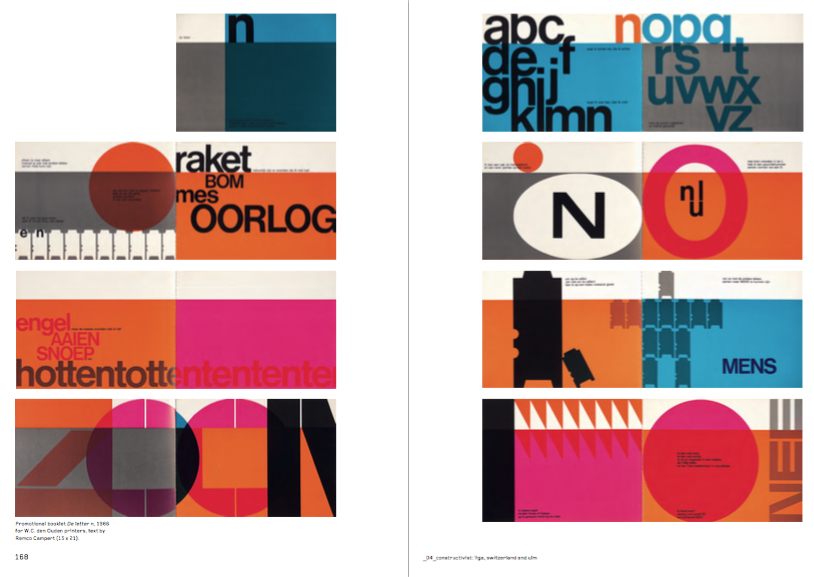
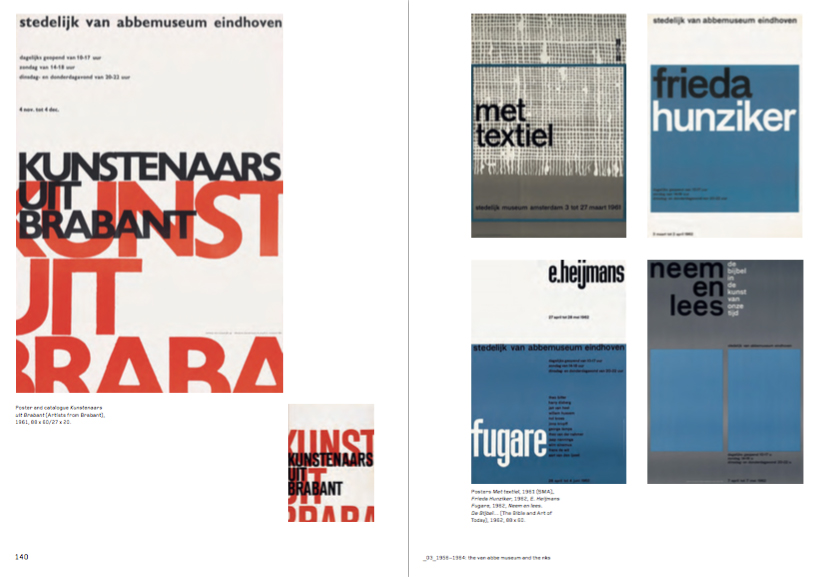
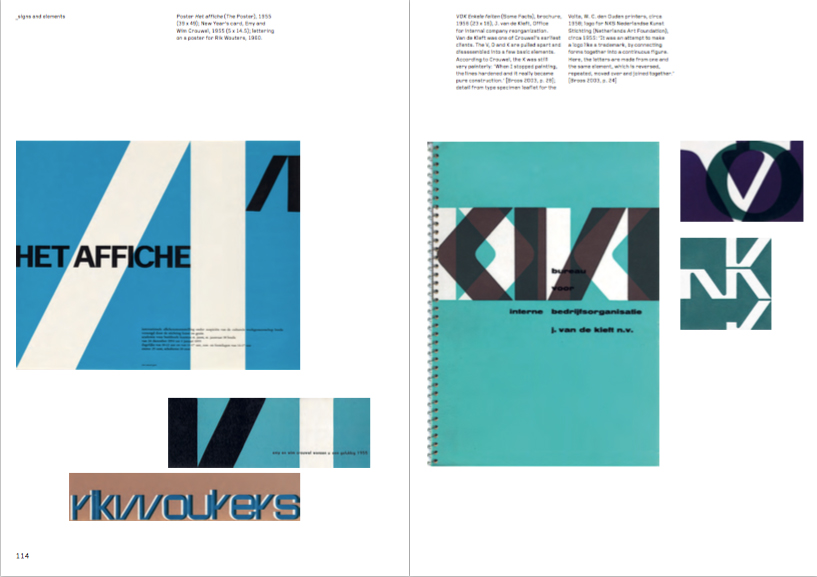
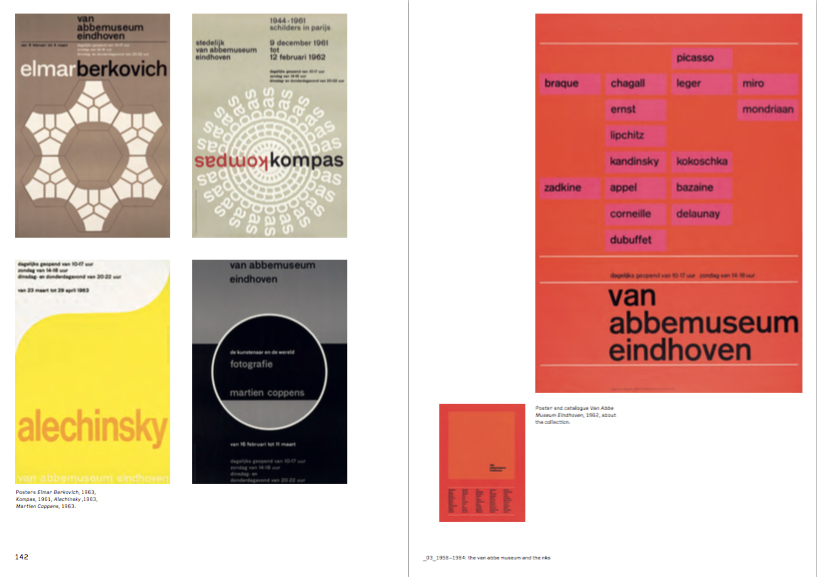
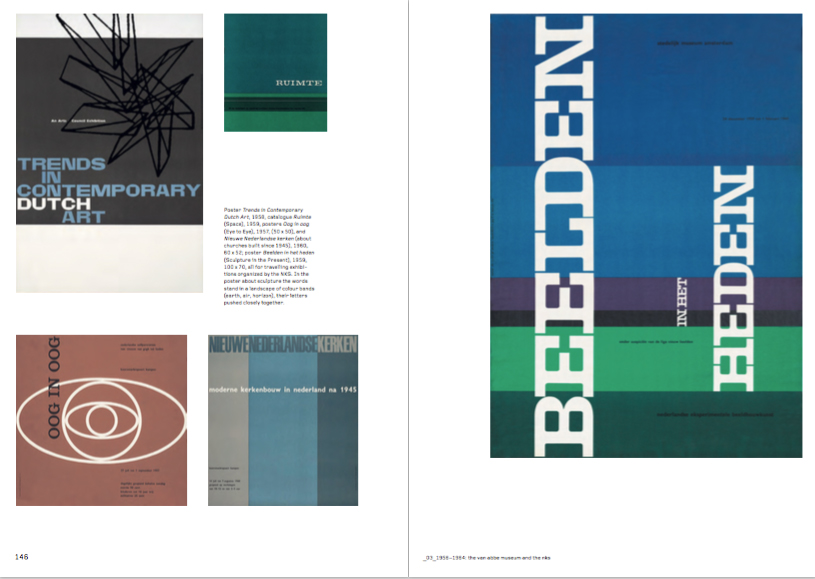
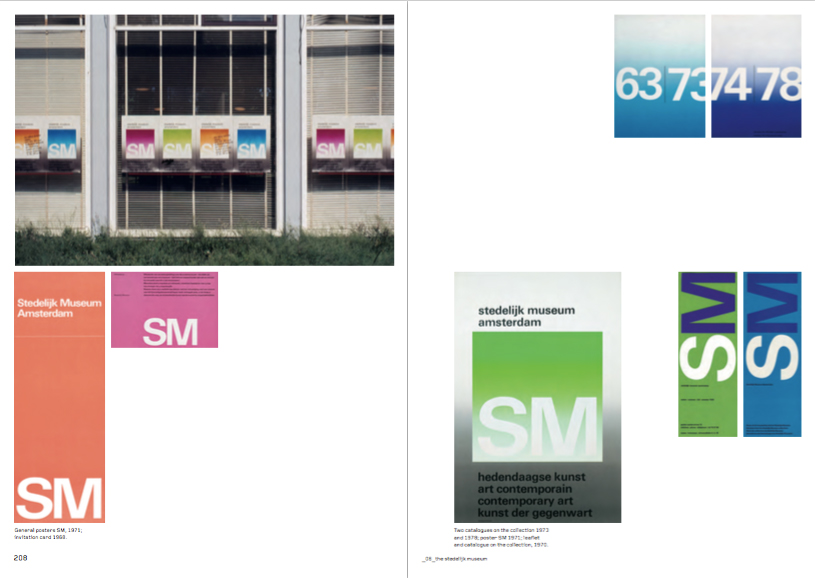
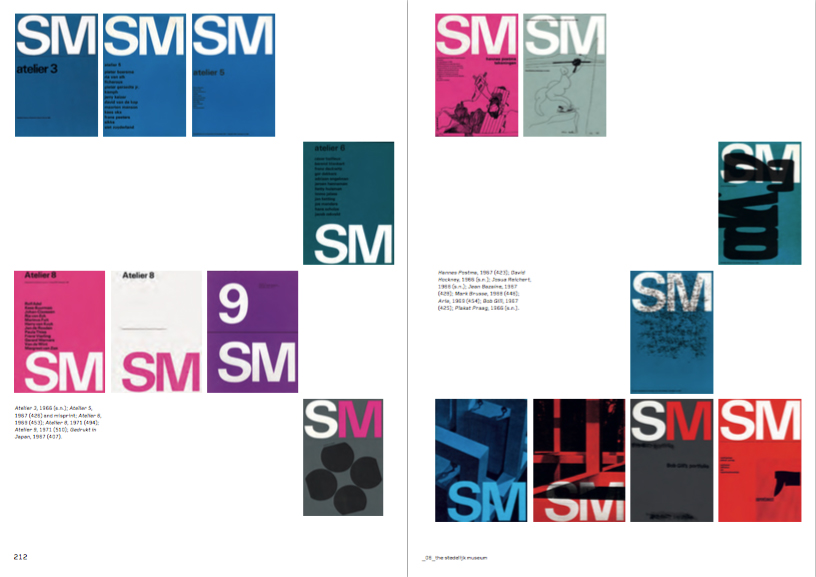
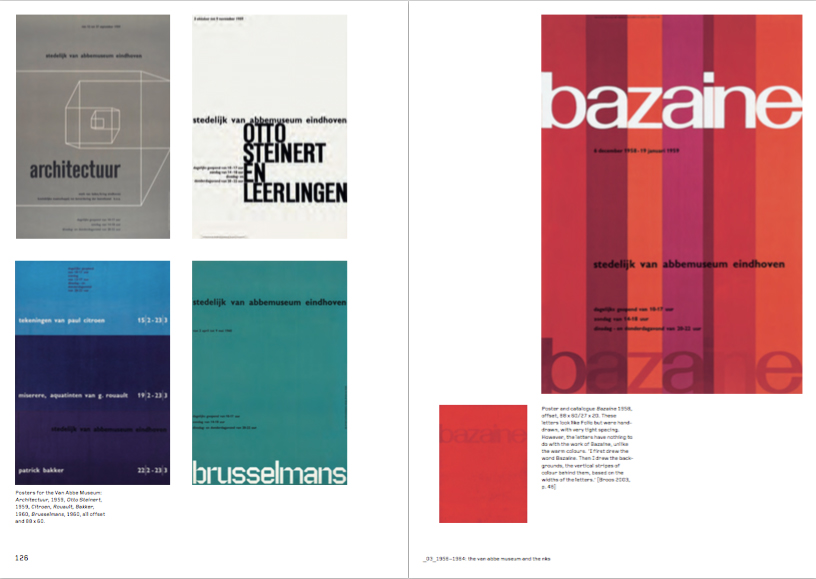
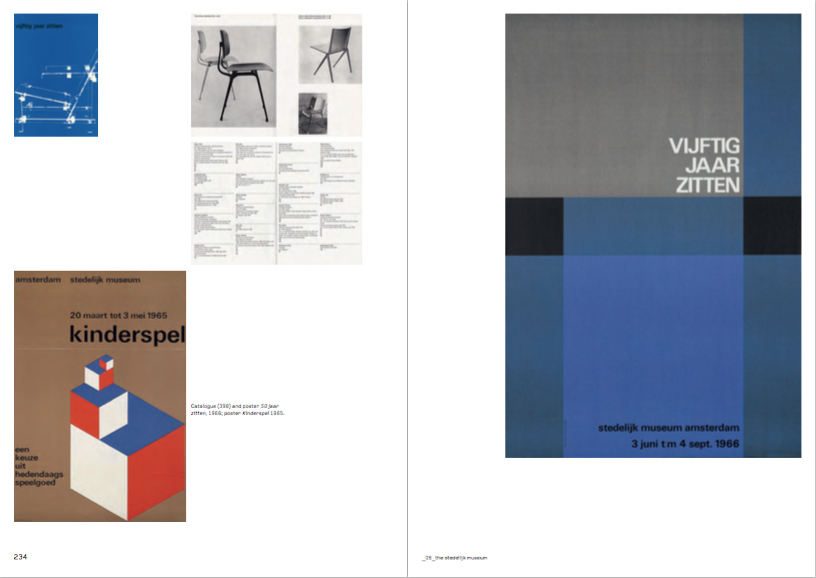
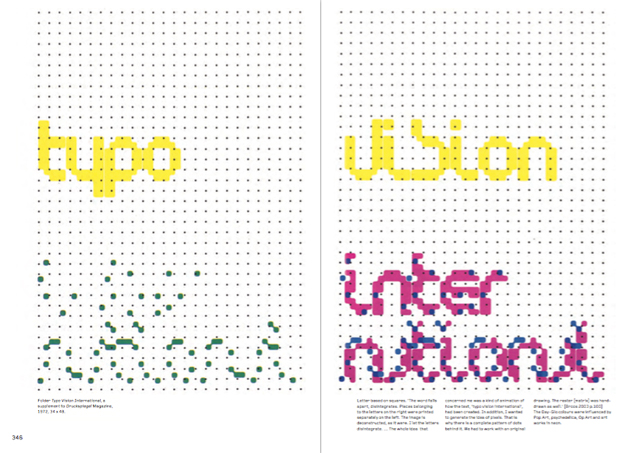
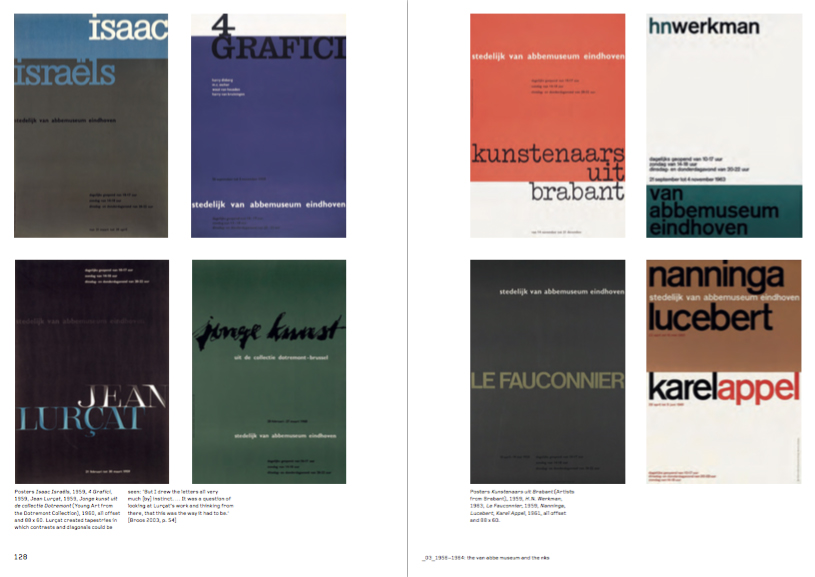
We have a copy of the book to give to one lucky Grafik reader. To be in with a chance of getting your hands on it, just send an email to giveaway@grafik.net with 'Crouwel' in the subject box, telling us which city in the Netherlands Lecturis is based in. Deadline is 24 December 2015.
Wim Crouwel Modernist
by Frederike Huygen
Published by Lecturis, €49.50
available to buy here
